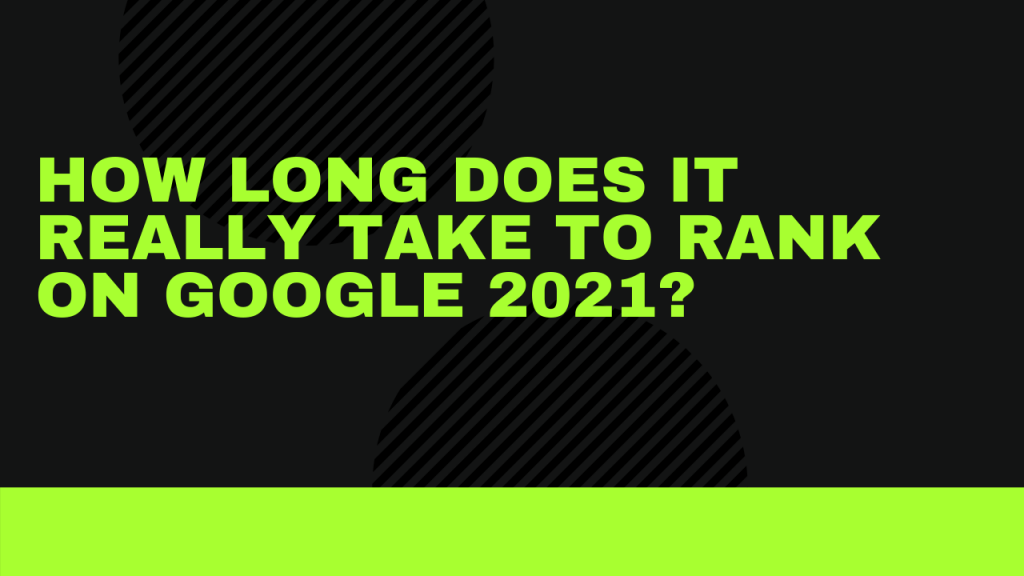
Now, our answer would be as long as possible. What we’re looking at is essentially long-form content where you’ve got at least one thousand words or more. The reason why we say this is because if you look at the number of websites that rank on the first page and the majority of them that do rank in the top positions are essentially a lot of them are blog posts, which are a long-form. So, when it comes to looking at the data we definitely know that long-form content works and especially articles or pages that are 1000 words or more. The reason why these work so well in terms of their rankings is that it’s got so much topical relevancy and so many words for Google to read, digest, and ascertain whether this page is actually the most relevant page for a particular keyword. Another thing you want to take into consideration as well when you’re producing long-form content is you want to dazzle the page with media. It’s not only about having as many words as possible but also keeping the user engaged. So, if you are able to rank a particular page, website, or blog post on the first page of Google you’ve got to look at the long click. So, getting people to click through the link, staying on the page for as long as possible, and really driving the engagement with time on site-related metrics. So, if you’re able to produce a really engaging article, it’s got an amazing headline, you’ve technically placed keywords relevant to the topic as well as the keywords you want to rank throughout the article and you’ve included media like videos, infographics, and as much useful information as possible, you should be able to get people engaged on the page and essentially keep them on the page for as long as possible.
This will essentially help your rankings over the long term. Now, writing 1200 words plus per page is just not feasible for a lot of websites, especially if you’re looking at e-commerce websites where a lot of them are product pages. You don’t like tones of category pages. If you are looking at e-commerce you’d want to put as many words or set a minimum let’s say around three to 500 words per page and really focus on the pages that are going to be delivering 80% of the value for the business. So, identify the 20% of pages that are really going to deliver value and then focus on optimizing those for having awesome content as well as at least 300 to 500 words. If you’re looking at brochure-type websites or websites that have around 10 pages you want to be focusing on those 10 pages and be able to beef them up with enough content and we actually break up those pages into what we call keyword silos, so each page is focused around a certain group of keywords and essentially try to include as much content as possible so that it increases your chances of ranking on Google and just be sure, you don’t want a page just full of content. You want to be able to break it up, bullet point, key items, really have an engaging flow, have result-driven sub-headlines, and obviously have pictures and media where possible to keep people engaged. You also want to take into consideration Panda. So, this was a Google algorithm update whereby they would penalize or not give as much credit to websites that have thin content. So, a lot of e-commerce sites when this algorithm update came out were seeing or feeling the negative impacts of it because e-commerce websites typically have a lot of pages where there’s not a lot of content, therefore, they do not have as much opportunity as other websites to rank.
